Gnomes – by Diane Morey Sitton

Gone are the days when gnomes only appeared at night, sneaking out of their woodland burrows to protect crops and gardens. These days the once-elusive creatures with the big bellies, long beards and pointed hats fill the shelves at hobby stores, show up on most holidays, and inhabit gardens night and day.
But that’s not all!
Gnomes are emblazoned on t-shirts, they dangle from key chains, and they sit atop wind chimes. They are the subject of DIY crochet kits, jigsaw puzzles and coloring books. They have starred in TV commercials as world travelers, posing at popular tourist destinations (Travelocity ca 2004). They occupied Clint Eastwood’s character’s lawn in the hit movie Gran Torino (2008).
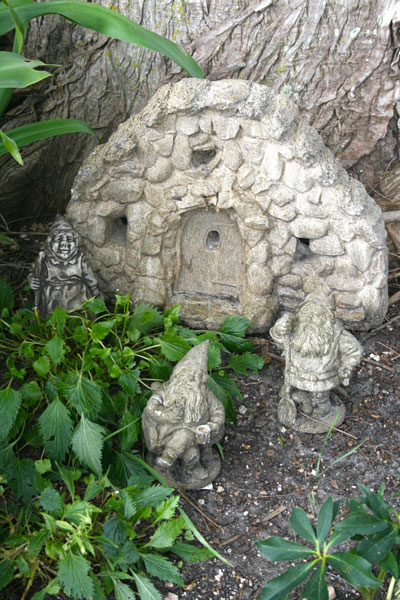
It’s a rags-to-riches story, to be sure, but wait … rumor has it that these mysterious figures have been rich all along – hiding glittering treasure troves in their underground dwellings.
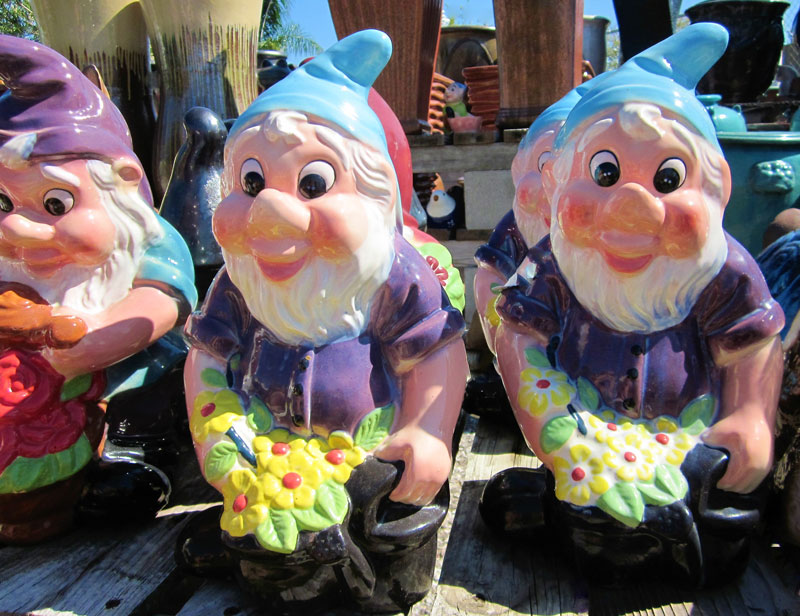
It’s a fanciful thought, but no harder to believe than the folklore claiming that gnomes possess magical powers. That belief took hold during the Renaissance, an era defined by high spirits and creative thinking.
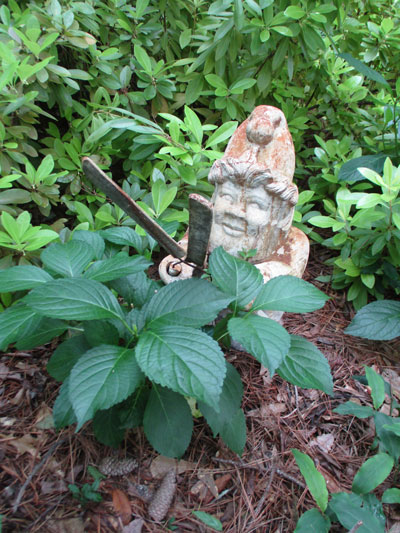
With so much going for them, it’s not surprising that by the 1700s gnomes had crept from their woodland hideaways into the gardens of wealthy families. As unlikely as it seems, the frumpy, little man-like beings had become status symbols.

As time passed, gnomes’ popularity grew, fostered by the persistent spread of myths, folklore and German fairy tales touting their green thumbs and magical powers. In the 1800s, German sculptor Philip Griebel became so enamored by the mythical characters, he began crafting clay “gartenwerges,” i.e., garden dwarfs.
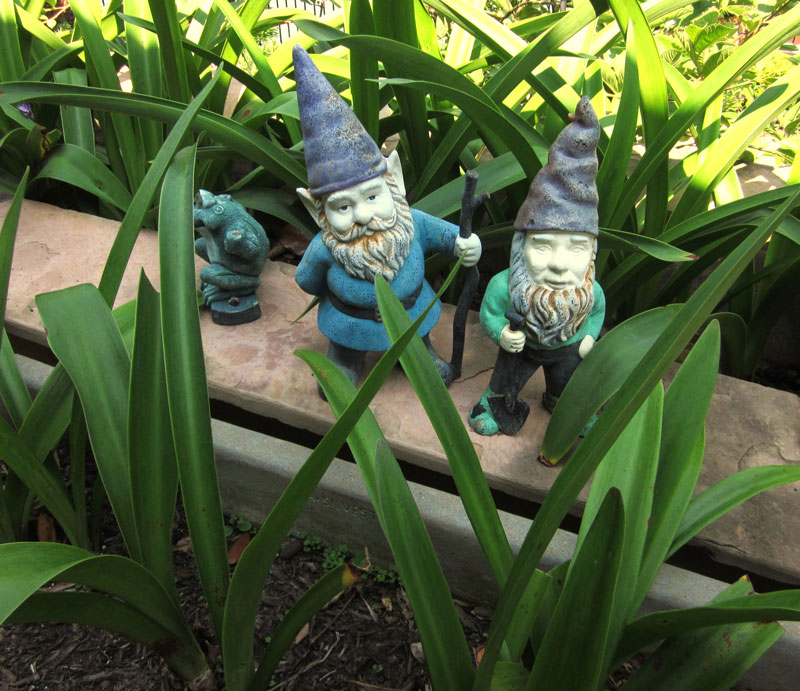
Today’s gnomes have taken on an entirely different demeanor than the gnomes of yesteryear. While some are made from clay or cement, most are crafted from plastic, resin or other man-made material, rendering them lighter and less prone to break. Instead of drab woodland garments, they wear brightly-hued shirts and hats laced with flowers. Beehives, books, bouquets, and even golf clubs have replaced the garden tools they once carried. Some gnomes resemble celebrities; others dress like sports figures.
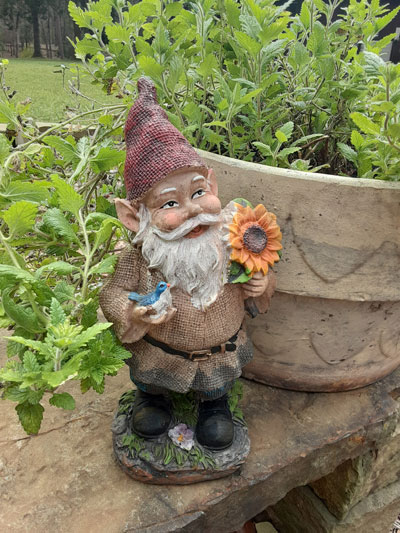
There’s no question about it … their clothes have gotten brighter, their smiles have become bigger. And why not! They lounge among flowers, and they idle beside paths and walkways. They hang out with friends. What’s more, if they play their cards right, a TV appearance or movie contract may be in the making.
Whether you love them or love them “not-so-much,” garden gnomes have come a long way and are here to stay.
